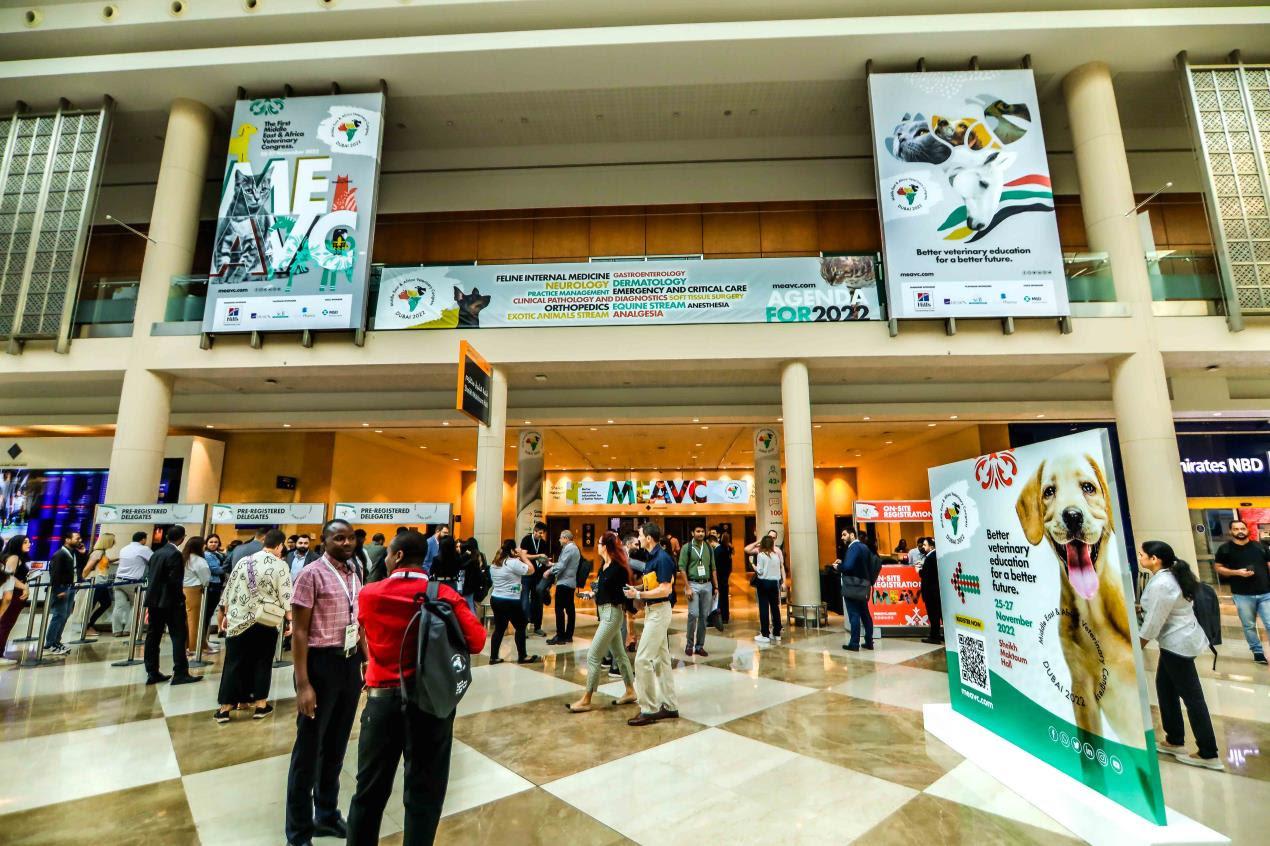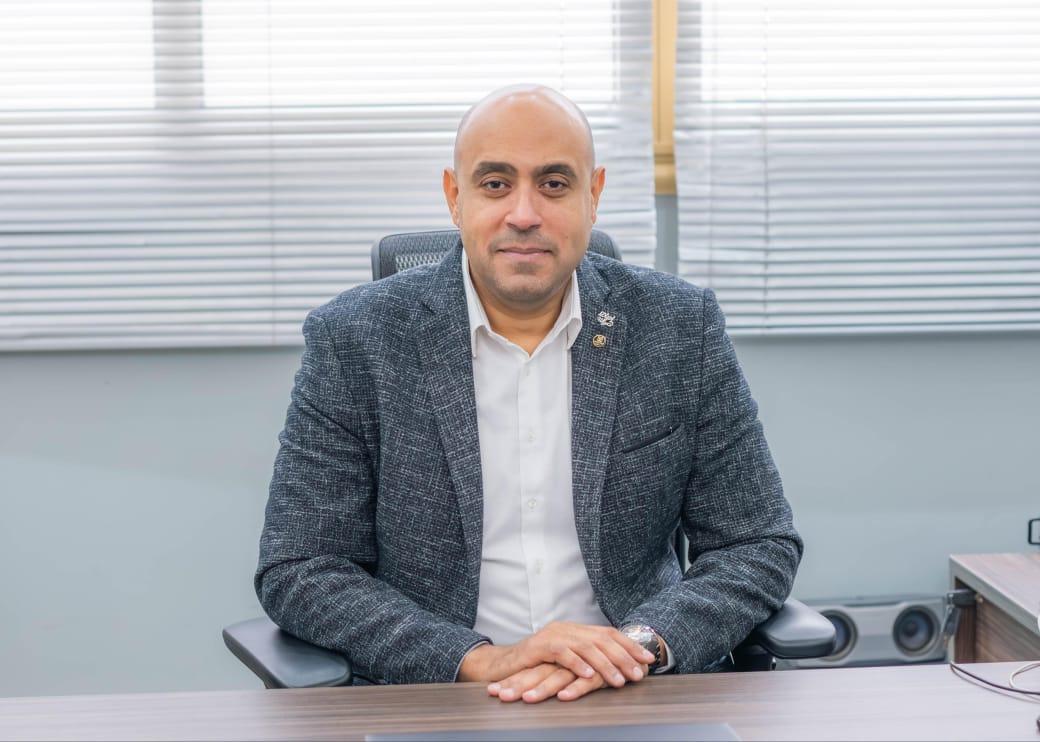By; Shaima Hassan
The United Nations Development Programme’s (UNDP) Regional Bureau for Arab States (RBAS) today announced the appointment of Lebanese endurance athlete Michael Haddad as Goodwill Ambassador to advance and accelerate climate action across the Arab region and around the world.
“We cannot afford to be complacent in facing today’s climate threats. Our region is already the planet’s most water- insecure and food import-dependent, with temperatures rising faster than the global average,” said Mourad Wahba, UN Assistant Secretary-General, acting UNDP Associate Administrator, and Regional Director for Arab States. “We need inspiring role models and dedicated advocates like Michael Haddad to ensure we achieve peace and prosperity for all as enshrined in the 2030 Agenda for Sustainable Development and address the climate challenge.”
A dedicated environmental advocate, Haddad has completed three record-setting feats in his native Lebanon—in extreme environments and despite his paralysis from the chest down. In 2013, he completed a 60,000-step “Cedar Walk” in Bsharre to mobilize action for reforestation of Lebanon’s cedar woods. In 2014, he scaled Beirut’s iconic Raouche Rock to highlight the escalating problem of sea pollution and its threat to marine life. In 2015, he snowshoed the Black Summit, the highest peak in Lebanon and the Levant area to draw attention to the adverse impacts of global warming. He served as UNDP Climate Change Champion in Lebanon in 2016-2017.
“Climate change must top our list of priority concerns that drive us all to action—in Lebanon, across the Arab region, and everywhere,” Haddad said. “I am very excited to work closely with UNDP to help focus attention on the greatest threat to our common humanity today. We must all take concrete action to address this threat, as individuals, communities, and countries, and as a united global community. We have no place other than Earth to call home.”
At age six, Haddad survived an accident that left him paralyzed, with 75 per cent of his motor function lost. Told he would never walk again, he found ways to balance and stand. He later devised his own “step-to-gait” method of movement, using a high-tech exoskeleton to stabilize his chest and legs. His performance is inspiring breakthrough medical and engineering research that may help countless others.














































































